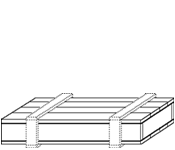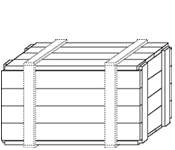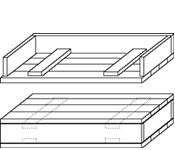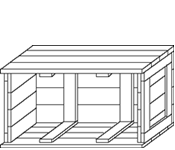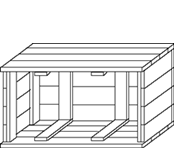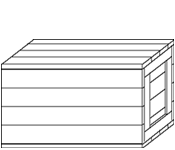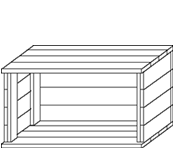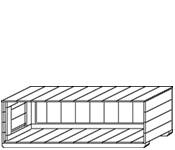
|
|
|
Did you know...
There's little historical documentation about wood packaging, but all of the different styles of wood boxes and crates were originally part of a single wood packaging handbook that was published by the US Department of Agriculture back in the 1930s. Earlier documentation of the styles were written more as guidelines than rules and offered what are now the current styles as suggestions. Although a great amount of engineering went into the suggestions, there were little to no tables that indicated exactly when to use a particular style. As a 'Handbook' rather than a 'Standard' the documents provided guidance in construction but didn't indicate when a particular style box or crate should be used. It wasn't until 20 to 30 years later the US military expanded their research resulting in the recently retired standards (such as the PPP-B-601 and MIL-C-104) that included extensive tables. As 'standards' they provide mind bending details of exactly how particular styles should be created. As it's been said 'the US Government has gotten out of the standards business' and no longer publishes or manages wood packaging standards. Now with the help of only a few dedicated volunteers, ASTM is rewriting the government standards in a softer way. The new ASTM standards can be matched 1-to-1 with the old government ones and they even include the same tables. What is now different is the wording and the emphasis on doing what works rather than something that meets the specific requirements of a document. |
|||||||||||||||||||||||||||||||||||||||||||||||||||||||||||||||||||||||


